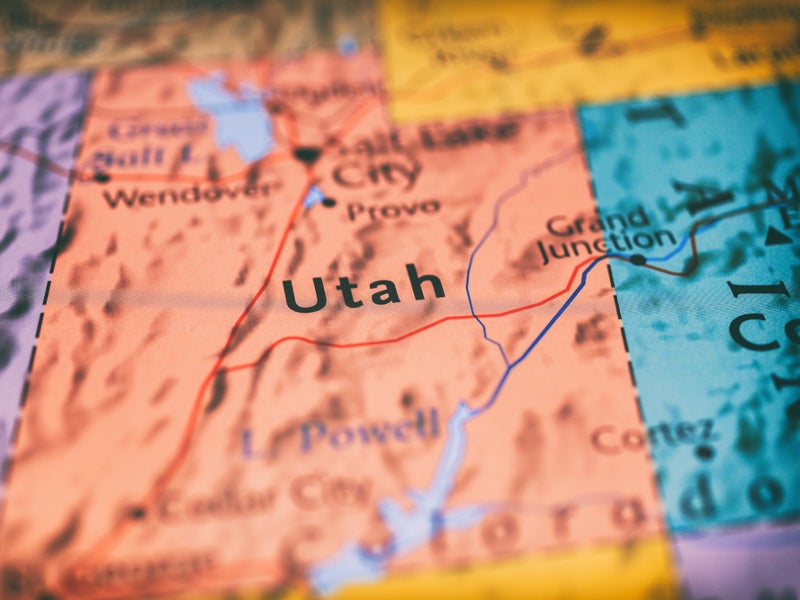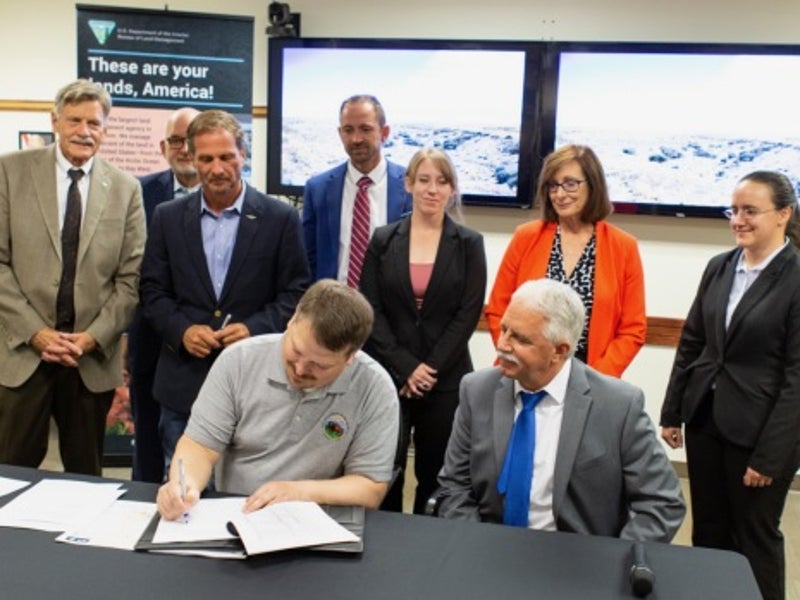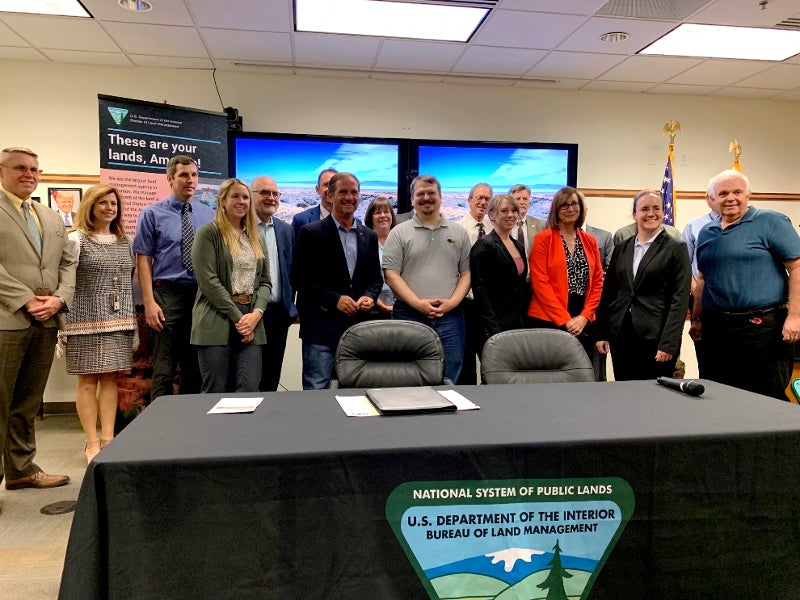Crystal Peak Minerals is developing the Sevier Playa potash project in Utah, US, at an estimated capital cost of $412m.
The pre-feasibility study (PFS) of the project was completed in 2013, while the feasibility study (FS) completed in February 2018. The US Department of the Interior granted the record of decision (ROD) for the Sevier Playa project in August 2019.
Crystal Peak proposes to begin project construction in 2019, upon securing funding and completion of detailed engineering while plant operations are expected to be commenced in 2022. The project is expected to create approximately 175 full-time jobs, in addition to 100 temporary jobs during the construction phase.
The potash project is expected to produce 27,500t of SOP during the first three years and reach full capacity of 337,500t in 2025. It is estimated to have a mine life of 30 years.
Sevier Playa potash project location, geology, and mineralisation
The Sevier Playa potash project is situated approximately 225km from Salt Lake City, Utah, near the towns of Delta and Milford.
The site is located on 124,223 acres of land within 48 federal potassium leases owned by CPM and 11 federal potassium leases owned by LUMA Minerals (LUMA). The Bureau of Land Management (BLM) granted CPM and LUMA the access to the potassium leases in April 2011. CPM and LUMA entered a co-operative development agreement (CDA) in July 2011.
The Sevier Playa potash project is located within the Basin and Range physiographic province, covering more than 10% of the continental US.
The project is classified as an endorheic basin, or terminal hydrologic system, in which all surface water within the project watershed terminates at the Playa without affecting the exterior drainage.
Sevier Playa is mainly a terminal lakebed (playa) brine deposit of a sedimentary origin comprising a concentration of mineral salts in groundwater. The brine is contained within the unconsolidated Playa sediments, mostly filled with clay, marl, and carbonate-rich clay.
Sevier Playa potash project reserves
The Sevier Playa potash project is expected to contain mineral reserves of 8.525 million short tons (7.734 million metric tonnes).
Mining at Sevier Playa
The Sevier Playa project will be installed with solar evaporation ponds for the precipitation of potassium-bearing salts. The project stretch extends over 20,447 acres (82.8km²).
Brine recovery at Sevier Playa will be performed using stepped extraction trenches, as well as drilled wells to extract subsurface brine from the sedimentary basin.
Major components will include the extraction system featuring canals, trenches, and a recharge system consisting of canals, collectors, and trenches. It also will include wells, a series of evaporation ponds, and a tailing management area (TMA).
Processing
Processing activity at Sevier Playa begins with the recovery of potassium-bearing Playa brine from the extraction trenches and wells. The recovered material will be taken to the solar pre-concentration ponds for gangue material precipitation.
The pre-concentrated brine is then taken to the harvest ponds where the brine chemistry is controlled in addition to the precipitation of potassium-bearing minerals and a quantity of gangue material. The precipitated solids will be harvested and transmitted to the processing plant by haul trucks.
At the processing plant, the salts will be crushed, slurried and pumped so that they are converted into a single potassium-bearing mineral. The output will be conveyed to a flotation circuit, where it will be upgraded and recovered.
The recovered potassium-bearing salt will be forwarded to the SOP crystallisers, wherein MOP brine will be added followed by re-crystallisation as K2SO4. The resultant overflow is proposed to be used throughout the process.
The K2SO4 produced will be dried, screened and forwarded to either the compactor or load-out or to the bagging plant to produce granular, standard, or water-soluble products. The dry SOP product will be loaded onto haul trucks for transport to the rail load-out facility.
Sevier Playa potash project infrastructure
Power supply for the project will be from the Black Rock substation, located approximately 74km to the north-east of the processing plant. PacifiCorp subsidiary Rocky Mountain Power owns the Black Rock substation.
Freshwater will be collected from wells and transferred to the water tank at the processing plant. Water from the processing plant is transported by tanker trucks to a storage tank at the rail load-out facility located approximately 15 miles (24.1km) away.
Water required for non-potable needs will be sourced from the storage tank while bottled water is supplied for consumption and other potable water needs.
Main process buildings include those for salts crushing and slurrying, wet processing, drying, compaction and bagging while the non-process buildings include warehouse and maintenance, administration, potable water treatment system building, and the main control room.
Diesel required for the operations will be delivered through trucks and stored at the 25,000 gallons (94.6m³) capacity storage tank.
Contractors involved
Novopro Projects, Norwest Corporation, and CH2M HILL Engineers prepared the FS. Consultants from Novopro Projects and Norwest Corporation were also engaged in preparing the NI 43-101 technical report for the Sevier Playa potash project.






